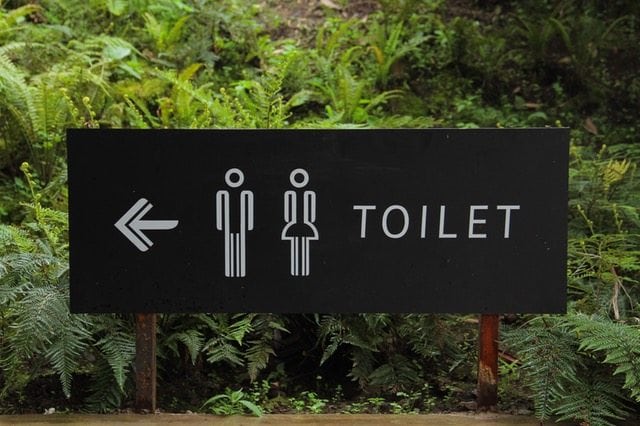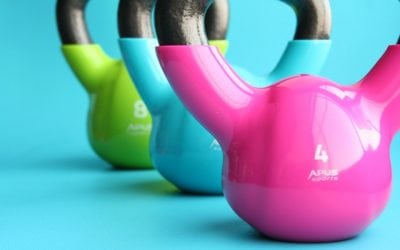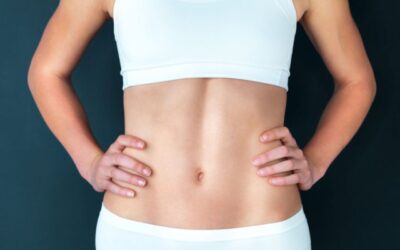There seems to be some controversy around detoxification protocols and whether or not they’re necessary, or even safe. Too much is made of them being the answer to everything health-wise. But it’s also true that we’re exposed to many more toxins in our modern world than in previous times. Couple this with very poor eating, drinking and lifestyle habits, and there’s an evident need for supporting overworked detoxification organs.
The human body is an extraordinary “machine”, complete with systems designed to self-regulate (and detoxify). The skin, lungs, digestive system, kidneys and liver are all detoxification organs. The liver is the kingpin – filtering blood, eliminating toxins, removing pathogens and surplus hormones, and metabolising drugs and chemicals. When these organs start finding it hard to keep up with our sometimes less-than-healthy lifestyles, the consequence can be dysfunction in one way or another.
In order to detox effectively though, certain steps should be taken. You’ll want to move the toxins from where they’re currently stored so that they can be effectively eliminated. At the same time it’s important to support your detox pathways so that they can do their work as efficiently as possible. Lastly, you need to bind the toxins to something so that they can be eliminated from the body. Before you use any specific detoxification protocols, try to support the body’s natural way of eliminating toxins by sweating more often (whether through exercise, a sauna, or being out in the sun), urinating frequently (by bringing in sufficient amounts of clean water), actively breathing deeply and often, and through regular excretion via the bowels (a minimum of one movement daily). On this last point, when regular excretion doesn’t occur, it means that wastes previously ready for elimination after a meal was digested and assimilated, are possibly reabsorbed, which has the potential to cause ill-health.
Below are some gentle ways to mobilise, bind and eliminate toxins, and support your natural detoxification pathways.
Mobilising, supporting & eliminating
Fasting
In a fasted state (and especially coupled with a low-carb, or ketogenic diet), we’re using fats as a primary source of fuel. Since most toxins are fat soluble and are therefore stored in our fat, as we release fat the toxins come with it. (A lesser amount of toxins are water soluble, but those are excreted through sweat, urine and faeces.) The process of breaking down stored fat is called lipolysis. Anything that activates lipolysis, whether exercising, long fasts, or intermittent fasting, will lead to toxins being mobilised.
Diet
In addition, adding certain key foods to your diet will help strengthen detoxification pathways. Coriander (cilantro), parsley, spirulina, chlorella, seaweed, kelp, and the grasses of wheat, barley and oat are all high in chlorophyll, helping the body eliminate toxins more effectively. Seeds beneficial for neutralising toxins and binding them so that they can be safely eliminated include hemp, chia and flax. Sulphur-rich foods like eggs, organ meats, oysters, mussels, salmon, red onions, garlic, cruciferous vegetables, avocados, grass-fed whey, and raw cheeses play a key role in the production of glutathione, said to be the “master” antioxidant which is helpful for moving toxins out of the cells. Turmeric, curcumin, milk thistle, rosemary, cinnamon and bilberry also provide high levels of glutathione.
Drinking a few glasses of water daily with two tablespoon of apple cider vinegar (which contains malic acid) or lemon/lime juice (citric acid) added to it aids in opening the bile ducts in the liver and gallbladder. This is useful for eliminating any bile stones that may have accumulated and adds high levels of antioxidants to the diet.
Binding toxins
Activated charcoal is another powerful supplement, helpful for ridding the body of toxins (it’s also useful for reducing bloating and gas). It has millions of tiny pores that capture toxins and chemicals, binding them to its surface (this process is called adsorption) and allowing them to be eliminated. Charcoal also helps disrupt the biofilms produced for self-protection by certain pathogens. It should be taken between meals and away from supplements as it binds nutrients as well as toxins.
Bentonite (Montmorillonite) clay consists of volcanic ash and is useful for eliminating biotoxins from mold, as well as other toxins. It contains compounds that attract a variety of toxins and can absorb radiation and neutralise poisons in the gut. It’s also effective in the treatment of parasites. Bentonite can be taken for a few weeks at a time, with a week’s break in between. If you have high blood pressure or an iron intolerance, consult your health care practitioner before using Bentonite.
Chitosan is another good binder and comes from the breakdown of chitin, the substance that forms the structure in the exoskeleton of insects, crustaceans and cell walls of fungi (like mushrooms). It can bind to, and remove, arsenic and manganese, and binds to bile salts (which emulsify fat), excreting toxins held by fat.
Silica or “silicon dioxide” is comprised of oxygen and silicon molecules. It’s an excellent binder for mercury (specifically), aluminium (not technically a heavy metal, but often considered one in the context of health) and other heavy metals.
Some binders can cause constipation so you may want to use aloe vera or acacia gum to ease this condition. In a follow-on article, we’ll cover further effective ways to eliminate toxins from the body.






